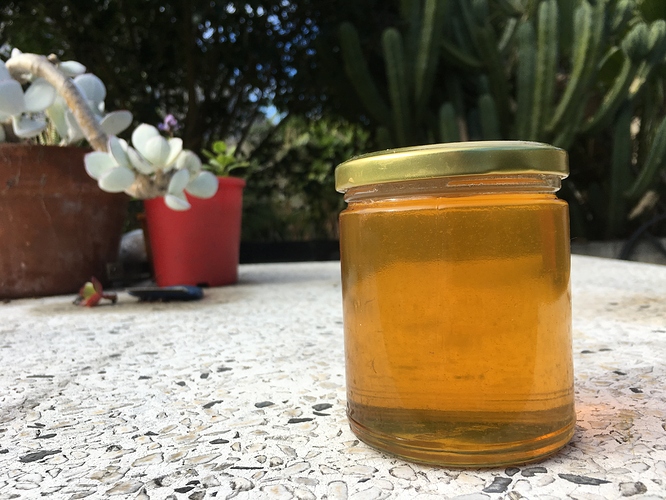Has anyone used flow frames in the brood chamber to get them to start using the frames? I have read many problems with the bees not taking to the frames even after wax coatings and sugar spray. Thought this could be a last ditch effort. If brood was laid in it you could move it above the queen excluder with some nurse bees and just let them hatch out and leave. Then maybe they would use it. Or is this the craziest idea ever. I have never had bees before. But have read 5 books so far. Took a course from the university of Minnesota. Watched hundreds if not thousands of videos but still know nothing real as I have never had bees. Yet.
It isn’t something I’m wanting to try. What about putting on the QE and moving some brood frames up into the flow super. When they’ve hatched remove them and replace with flow frames. You just want be able to use the back window until you have all flow frames in there again.
Hi Tom, there’s no substitute for hands-on experience.
The issue with placing flow frames in the brood box is:
#1, they don’t fit…
#2 the queen will lay drone eggs in the flow frames.
If you did try that & it worked, you’d have lots of drones emerging above the QX needing to get out, they will get stuck & die trying to fit through the QX. This scenario is undesirable if SHB are present, because the beetles will lay eggs in the drone bodies.
And to add to Jeff’s words of wisdom:
#3 the brood spin cocoons in the cells, these will remain in the Flow super and will prevent the honey from draining. Its a major hassle to disassemble the Flow frames to clean out the cocoons.
3 years ago I had never kept bees… today I have 13 hives- masses of honey, and quite a bit of experience. I have made splits, caught swarms, produced cut honeycomb, made my own beehives- and even ‘mentored’ other beekeepers. I have been stung, chased by bees, smoked by my own smoker- and won first place prizes for my honey.
All I can say is get in there! Have a go- and remember at the end of the day bees are insects. They do most of the work too! It really isn’t rocket science- though it is a topic that can be as simple or as complex as you like.
It is true that I live in an area that is very good for keeping bees- I don’t have to deal with that many diseases or pests (touch wood)- and we are blessed with a long honey season and mild winters.
i will finish by just saying: don’t worry too much about issues you may have heard or read about with the flow frames- at least until you experience them yourself. For every person who has had a problem- i think there are quite a few who havn’t. I havn’t. It is far more likely that someone will go on a forum or a blog and discuss their problem- than talk about their success. this can give a skewed image of reality.
This is my flow frame reality:

Thanks:
You didn’t mention where you are from. I’m from Minnesota USA.
I hope you are for real I just bought a 7 frame flow super for my 10 frame Langstrom.
These things are outrageously expensive. But I really like the idea of getting different shades and tastes of honey from each frame. I noticed you were putting them in one big bucket. You said you have 13 hives how many have flow supers?
Hi Tom,
There are many techniques to make sure your bees use the Flow Frames. The most important thing I have read is that the colony needs to be strong before you add the Flow Super.
How long have you been keeping bees? Is your hive old, or new?
It would be good having a look at this thread:
You can also paint your frames in melted beeswax if you are worried and want the bees to start working in the Flow Frames fast - there are videos and instructions on the post above.
Good luck, and think positive ![]() Us hippies from the Northern Rivers, NSW would say - you attract what you think, so if you worry too much, the thing that you worry about the most will probably happen.
Us hippies from the Northern Rivers, NSW would say - you attract what you think, so if you worry too much, the thing that you worry about the most will probably happen.
![]()
Hi, I have a New flow hive Classic here in Kentuckywith a New colony . My question is , do I need to add a xtra brood box when my new colony finish the bottom box??
Thank you
Hi Enrique, you don’t need a second brood box if you work the single brood box properly. You will need a second hive so you can manage swarm prevention with the first hive. A second hive is what most forum members agree on.
cheers
Check what others do in your area about a double brood hive. If you can get away with a single brood hive then that would be my choice. It makes hive management and inspections a lot easier.
If the single hive becomes too strong then a split to make a second hive would be my choice, but in your first season the need for doing that is unlikely…
A single brood hive needs monitoring but having both double hives in a colder location and singles now a single hive is the way to go.
Cheers



